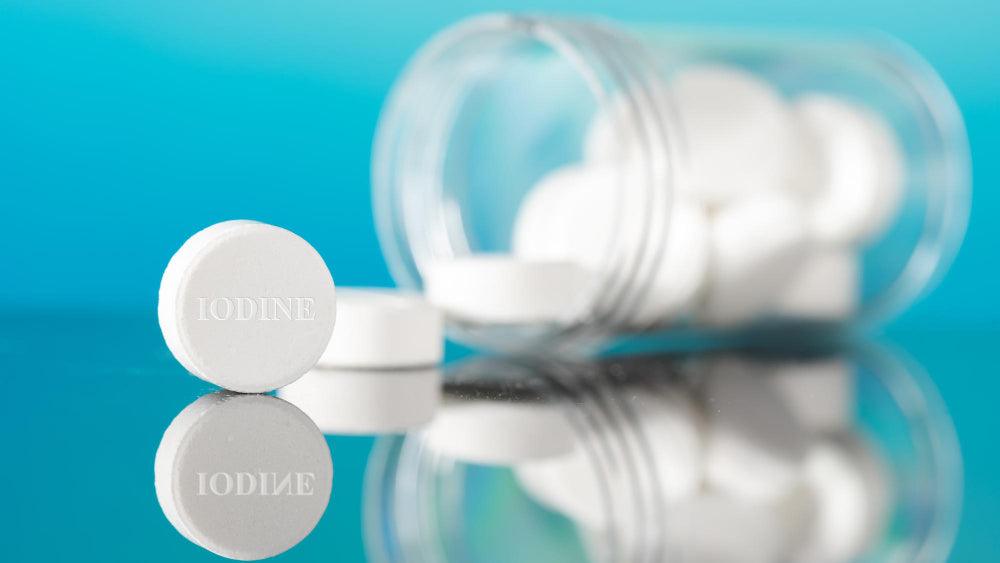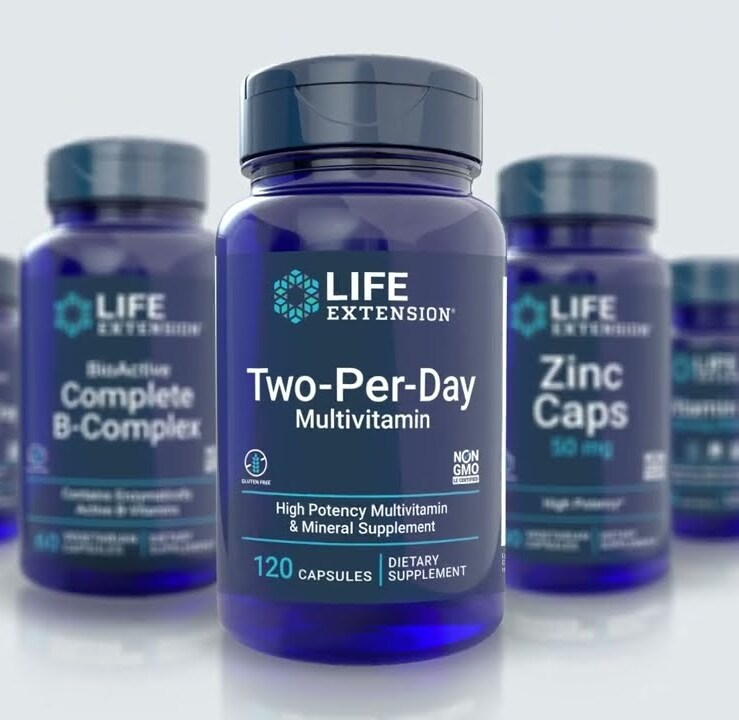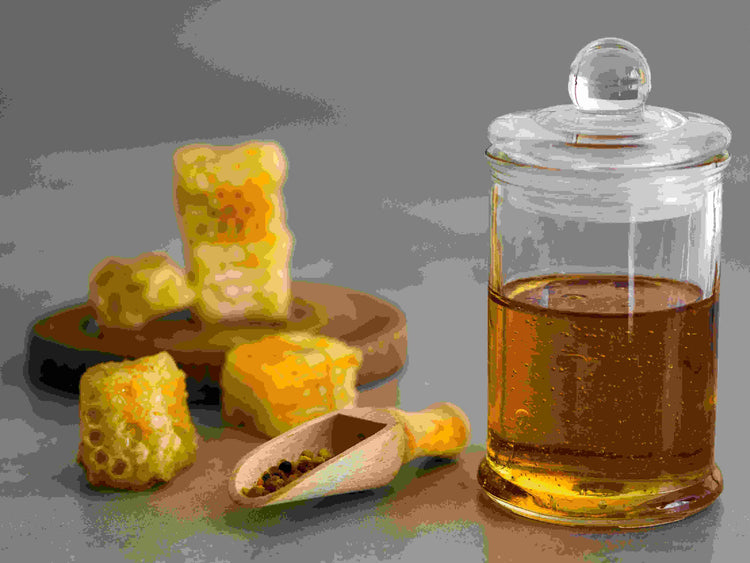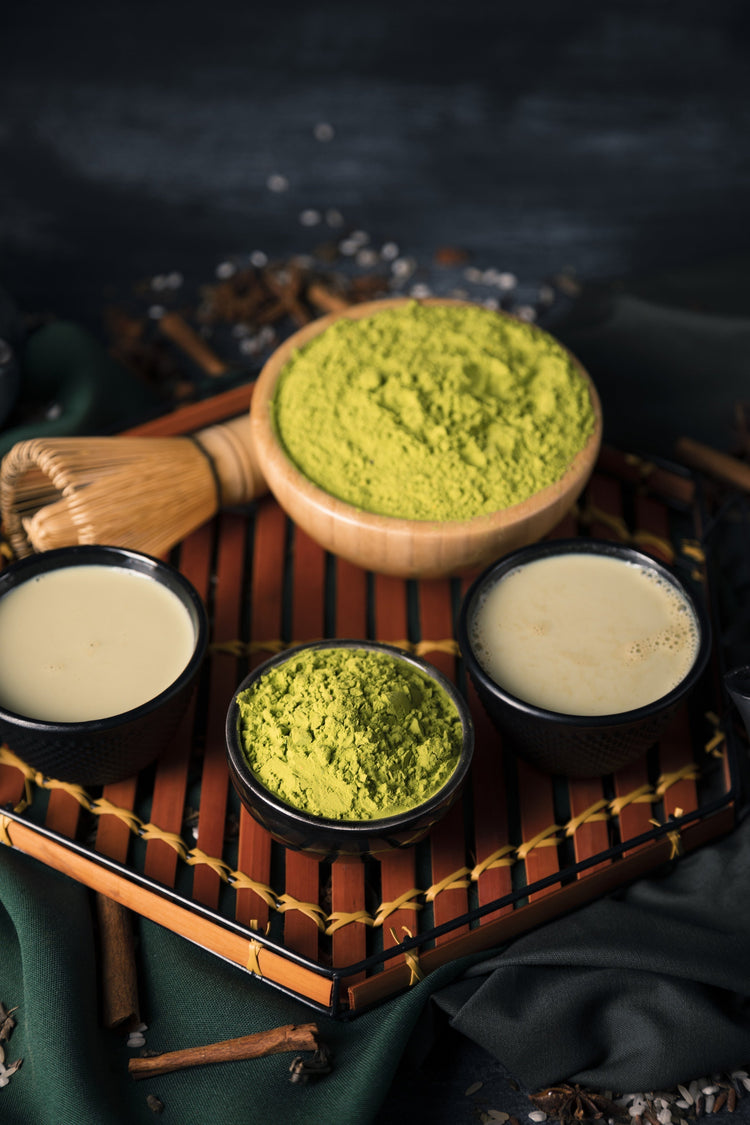What Does Iodine Test For?


Related products
What’s covered?
Iodine is a vital nutrient that our bodies require for regular cell functioning. It is also needed for the thyroid gland to make thyroid hormones. Hyperthyroidism, goitre, and hypothyroidism may all be caused by an iodine deficit.
Furthermore, iodine insufficiency is widespread, yet most individuals are oblivious. Consuming iodine-rich foods is one approach to guarantee that you have an adequate supply in your body. In addition, having an iodine test will give you the most accurate measure of iodine levels in your body. It will also help you keep any thyroid disorders at bay. Discover more about the iodine test below.
Iodine Test Principle
Before delving into the iodine test concept, let's learn more about starch and its chemistry. Plants collect glucose as starch, and potatoes and grains are high in starch. The two monomeric elements in natural starch are Amylopectin and Amylose. Chemically, both monomers are built up of D-glucose units. However, Amylopectin and Amylose have a distinct D-glucose unit.
What Is The Iodine Test?
The iodine test is a chemical test that determines if a sample contains starch. It also helps distinguish mono- and disaccharides from polysaccharides. The sample becomes blue-black if several droplets of potassium iodide solution are placed on it. Polyiodide chains are produced by the reaction of starch with iodine.
Moreover, an iodine molecule binds to the amylose helical structure in starch, giving it a deep blue colour or black colour. If starch is hydrolysed or decomposed into tiny glucose units, the blue-black colour does not occur. As a consequence, even if there is no colour change, the iodine test may indicate that hydrolysis is done.
Iodine Test Mechanism
The iodine test is formed from the reaction of Amylose with starch, which produces a blue-black compound with iodine. Amylose's helical structure forms a charge transport compound with iodine located inside the helical structure or spiral of Amylose. This testing employs iodine in water, an aqueous solution of potassium iodide and molecular iodine, commonly referred to as Lugol's iodine.
Water does not dissolve molecular iodine. Consequently, potassium iodide is used in laboratory reagent production. If potassium iodide dissociates, iodide ions are produced. Iodide ions mix in solution to form triiodide ions, which subsequently interact to form polyiodide ions. Triiodide chemistry is principally responsible for the synthesis of In- ions.
Moreover, heptaiodide, pentaiodide, and triiodide are examples of negatively charged polyiodide ions. These polyiodide ions, which are charged givers, combine with Amylose. When the temperature drops, the amylose-iodine complex helical structure is rebuilt, restoring the blue-black colour combination.
What Does Iodine Test For?
The iodine test is employed to know the presence of starch and check for any thyroid disorders.
Iodine Test For Starch:
To indicate the existence of starch, an iodine test is performed. If an iodine solution, such as an aqueous solution of potassium iodide, results in an iodine starch reaction, the solution becomes blue-black. Moreover, starch, which is present in carbohydrates such as barley, maize, rice, and potatoes, may be divided into two fractions: amylopectin and amylose. Amylose in starch becomes a rich blue when exposed to iodine. Because starch is nothing more than carbs, the carbohydrate test is much like the starch test.
Iodine Test For Thyroid
Thyroid disorders are among the most significant diseases that require an iodine test. The thyroid gland is essential in the human body because it promotes muscular development, regularises menstrual periods, maintains stable cholesterol, supplies energy, maintains an optimal weight, manages the heartbeat, and controls hormones. Thyroid hormone synthesis is hampered whenever a person is deficient in iodine. In addition, an iodine insufficiency test is performed whenever a person exhibits deficient signs.
Iodine Test Uses
-
An iodine test may be used to indicate the existence of starch in a sample.
-
The iodine test can differentiate starch among polysaccharides, disaccharides, and monosaccharides.
-
The iodine tests identify starch form, carbohydrates, and glycogen.
-
To identify if an individual has hypothyroidism or hyperthyroidism, blood iodine testing is conducted.
-
The starch hydrolysis test is performed similarly to the iodine test. The iodine test is the basis for iodometric titrations using a starch indicator.
How Does Iodine Test Work?
Below is a procedure of how the iodine test is performed:
-
Write control samples and test samples on different test tubes.
-
Place a small amount in a dry and clean labelled test sample.
-
Add 1 ml of filtered water into the dry and clean test tube labelled as the control sample.
-
Put 2-3 droplets of Lugol's iodine solution into each test tube and vigorously stir with a vortex mixer.
-
Monitor the change in colour over different test tubes.
-
The test tubes must then be warmed in a water bath until the hue has gone. Enable two test tubes to cool fully before inspecting the hue.
Interpreting Iodine Test Results
-
A blue-black tinge appears in the test tube, suggesting the presence of starch and a positive iodine test.
-
The absence of starch in the supplied test sample shows a negative iodine test, as demonstrated by the absence of colour change modification or brown colour.
Iodine Test Limitations
-
The iodine test cannot be conducted under acidic settings because the starch hydrolyses in certain conditions.
-
The iodine test is a qualitative testing process that does not indicate the exact starch content.
For a full range of medications, visit our Welzo Online Pharmacy Page. For more details, click here.




















 Rated Excellent by 14,617+ Reviews
Rated Excellent by 14,617+ Reviews